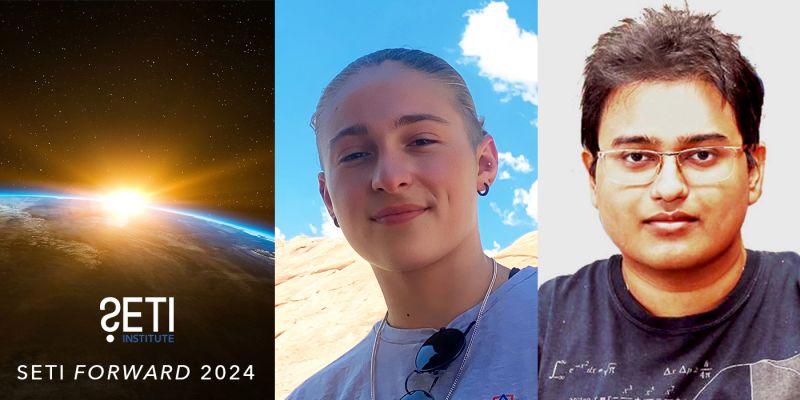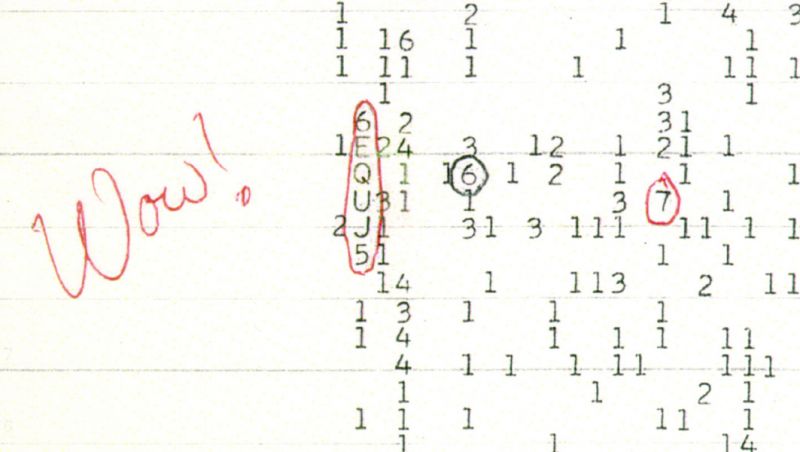In its 12th year, the SETI Institute continues to provide hands-on science summer internships for undergraduates.

Now going into its 12th year, the SETI Institute’s Research Experience for Undergraduates (REU) program hosts students who are paired with SETI Institute research scientists for a nine-week summer internship program. Funded by the National Science Foundation (NSF), REU receives hundreds of applications each year for a handful of available internships. Projects span the field of astrobiology from microbiology to planetary geology to observational astronomy.
In 2015, Sarah Blunt was studying mathematical physics at Brown University. In her REU application, she expressed interest in working with SETI Institute researchers analyzing the orbits of exoplanets and brown dwarfs discovered with the Gemini Planet Imager. She thought she could help them implement some innovative algorithms.
After her internship, Sarah continued to work with the SETI Institute exoplanet group on fitting orbits of recently discovered planets and brown dwarfs and joined the GPI Exoplanet Survey (GPIES) collaboration as an official member. Her work was so successful that she was included in an article published in 2015 describing the preliminary orbit of 51 Eri b, the only known Jupiter-like exoplanet discovered with GPI.
“The SETI Institute REU helped me to become a scientist in several important ways,” said Sarah. “First, it exposed me to a lot of science, through seminars and other formal events, and provided me with a community of peers working on a wide variety of projects. Second, the REU forced me to work on my science communication skills, notably my public speaking and scientific writing. Finally, the SETI REU enabled me to participate in real science and learn about the process of coming up with project ideas, executing the ideas, reworking/revising, and publishing/communicating the work.”
Sarah came back to California the following summer to work with Prof. Bruce Macintosh, principal investigator of the GPIES collaboration, at Stanford University. In January 2017, she presented the new algorithm, called OFTI (Orbits for the Impatient) at AAS meeting 229 in Grapevine, TX.
Based on the results of her work, Sarah is now the lead author of a peer-reviewed article describing the algorithm and its potential. Her co-authors include her SETI Institute mentors Franck Marchis and Eric Nielsen, and the article has been accepted to the Astronomical Journal.
Today, Sarah so loves her work in the field of exoplanets that she has decided to pursue a PhD in astrophysics instead of mathematics or physics as she had in mind before her REU. We are very proud to announce that she has been accepted to several graduate schools, and she is also the recipient of an NSF Graduate Research Fellowship. Additionally, she is now a full member of the Gemini Planet Imager Exoplanet Survey and no doubt has a bright future ahead of her.
The SETI Institute is looking forward to welcoming its class of 2017 REU students this June.





